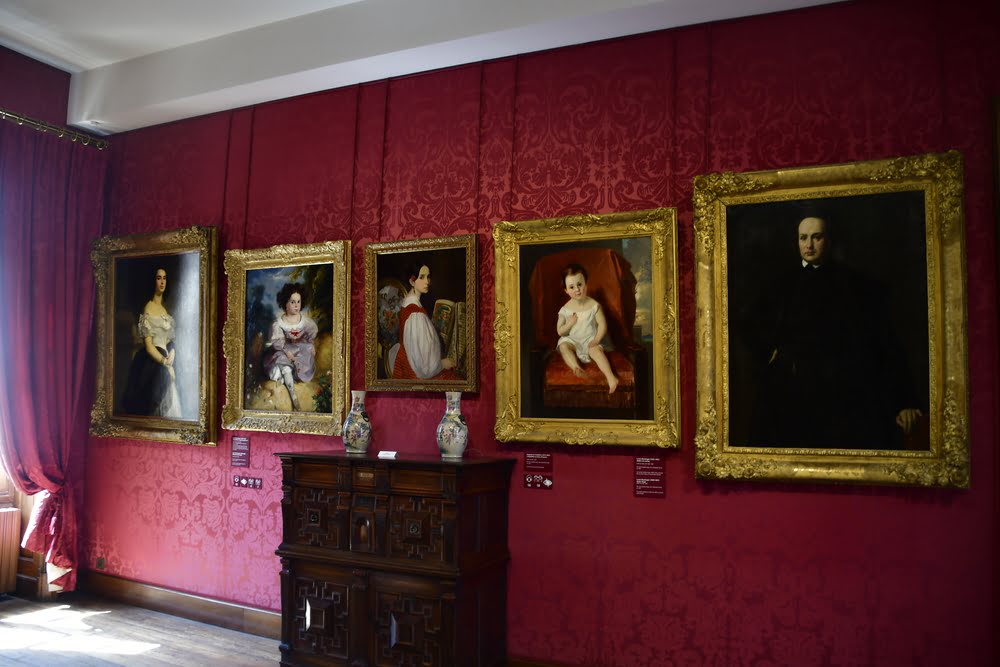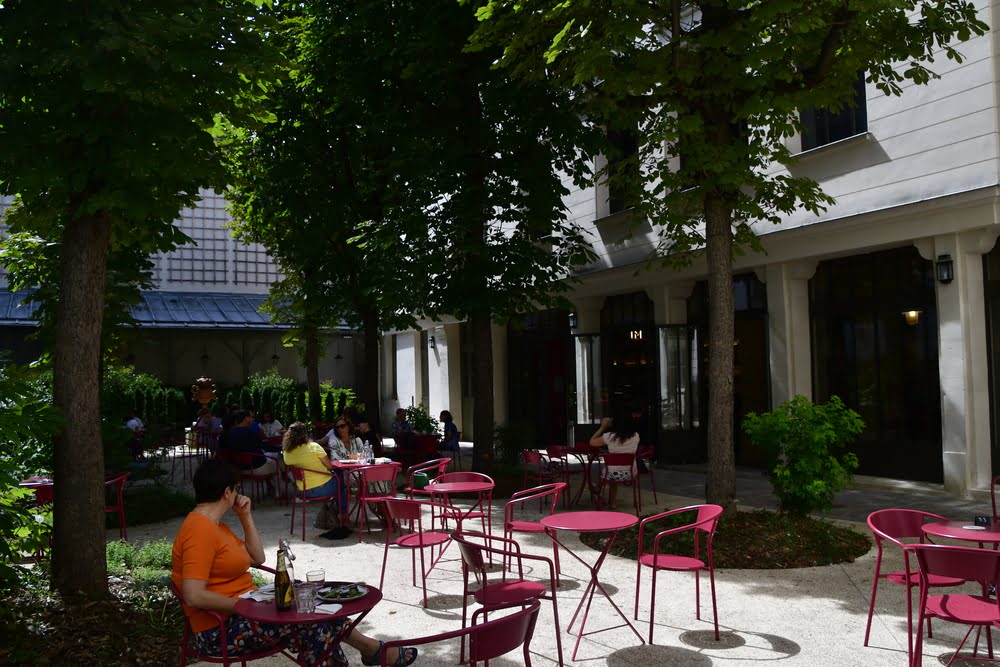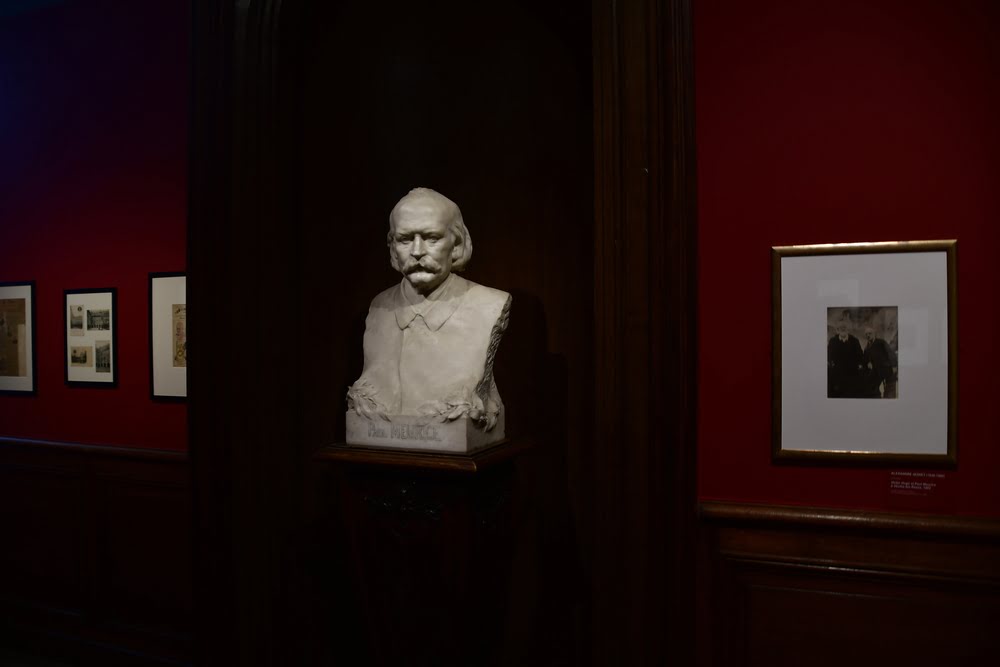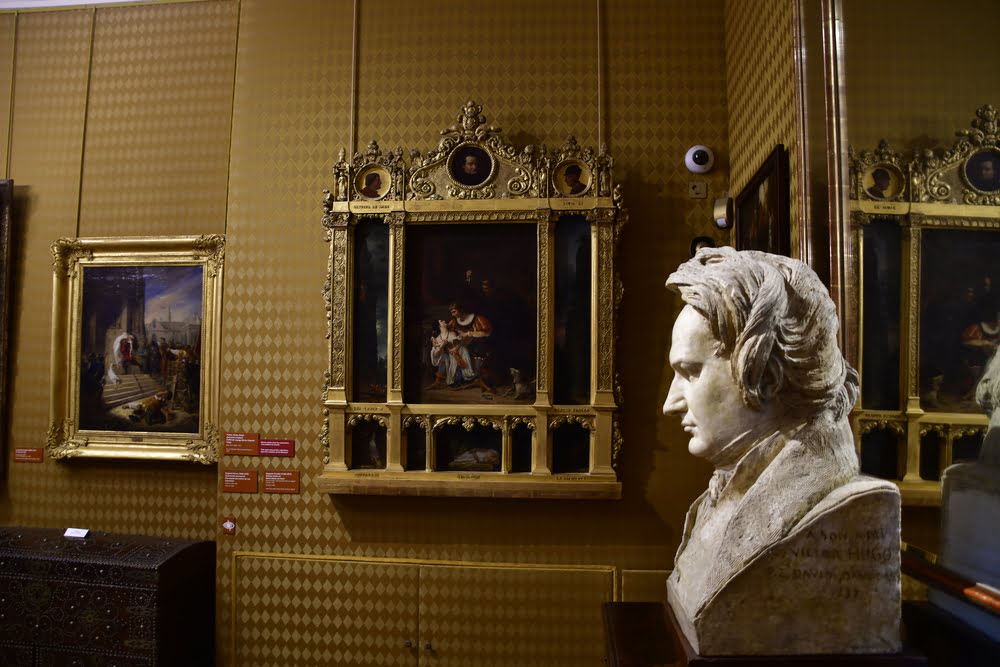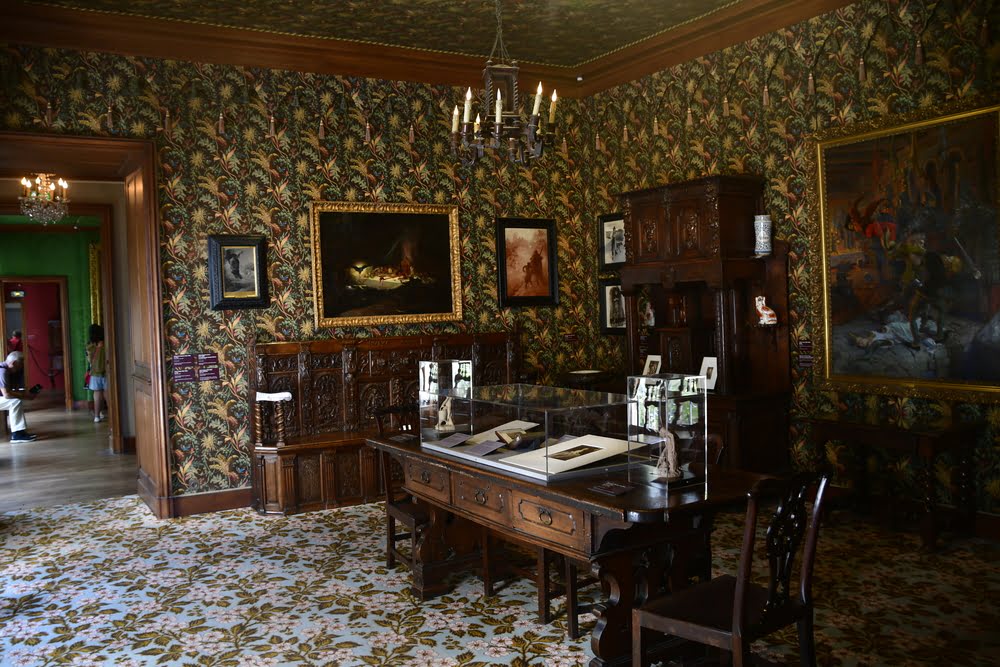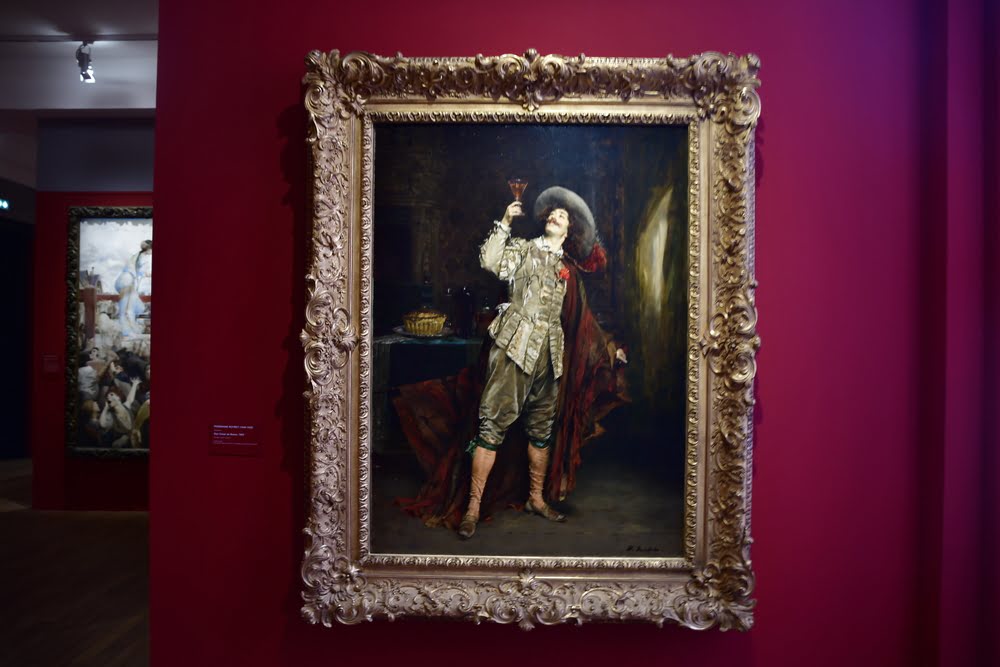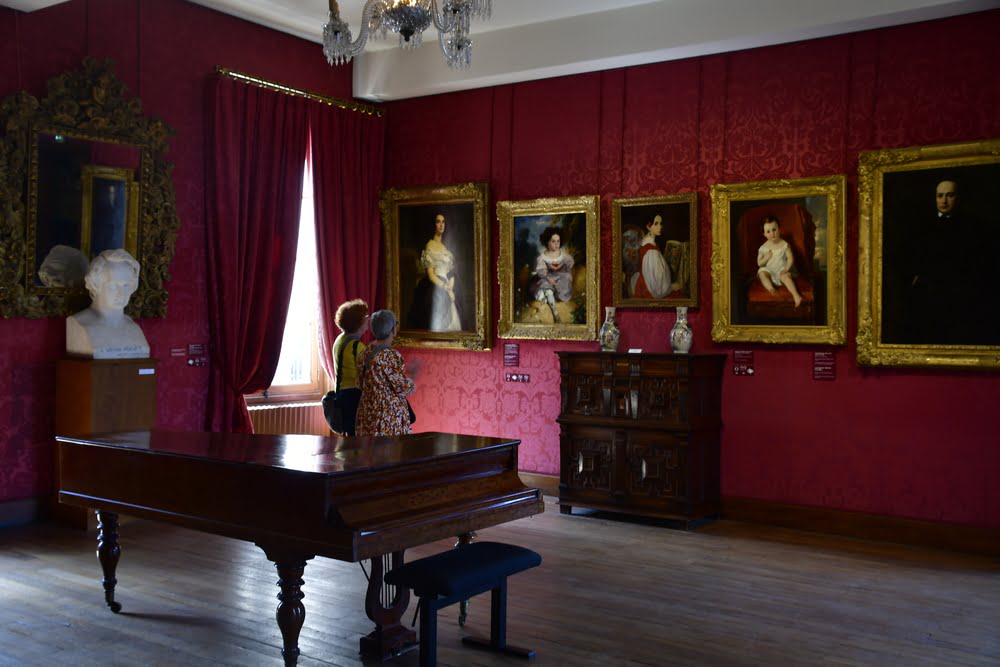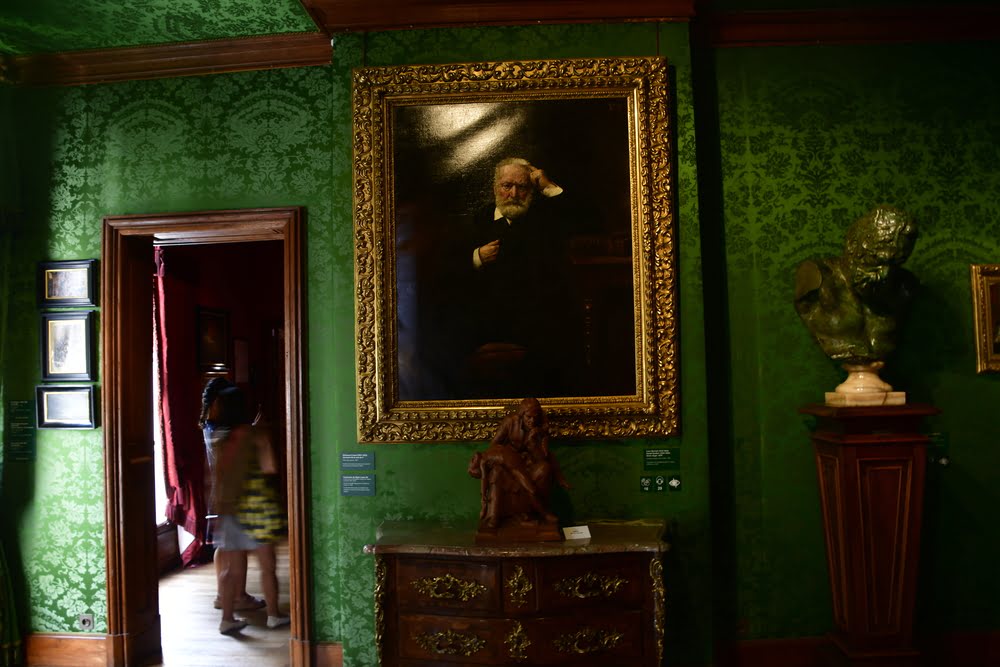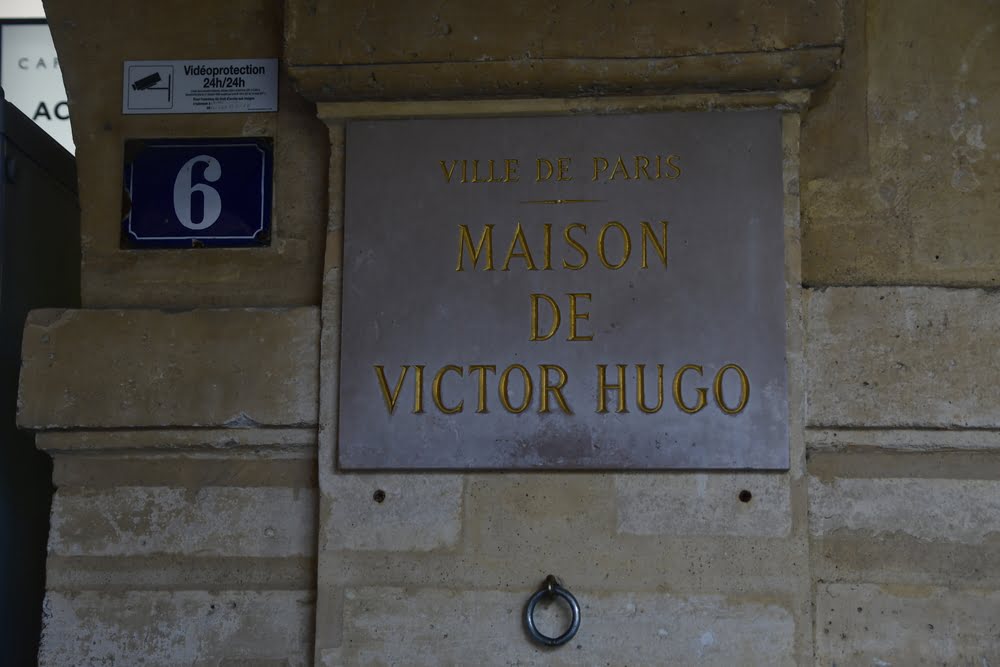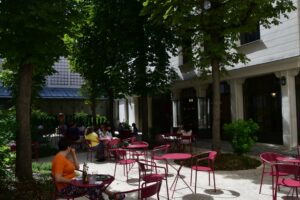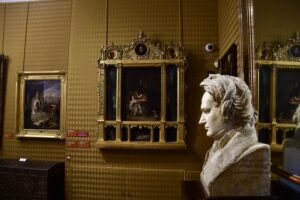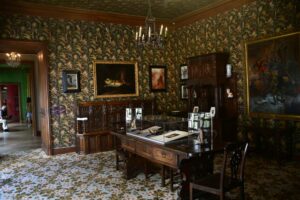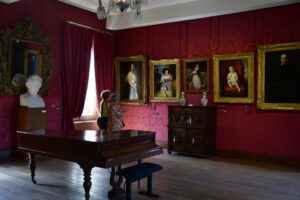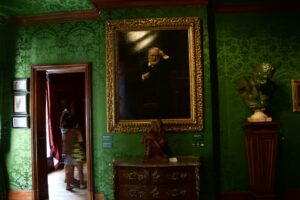- Monuments
- Museums
- Paris Hotels
- Hotels by Category
- Hotels by Districts
- Champs Elysees Hotel
- Montmartre Hotel
- Saint Germain des Prés Hotel
- Montparnasse Hotel
- Porte de Versailles Hotel
- Republique – North Train Station Hotel
- Place de la Nation Hotel
- Latin Quarter Hotel
- Opera Garnier Hotel
- Marais – Bastille Hotel
- Gare de Lyon Hotel
- Gare Saint-Lazare Hotel
- Hotel Place d’Italie
- Other Hotels
- Hotels by Category
- Shopping
- Districts
- Airports
- Paris map
- News
- Directory
- Contact us
Victor Hugo House
- Profile
- prev
- next
- prev
- next
-
Victor Hugo, one of the most renowned writers of the 19th century, is widely celebrated for his iconic works such as “Les Misérables” and “Notre-Dame de Paris” (also known as “The Hunchback of Notre-Dame”). The Maison de Victor Hugo, located in the historic district of the 4th arrondissement of Paris, is a literary pilgrimage site dedicated to this illustrious writer.
Victor Hugo, born in 1802, is regarded as one of the greatest French writers of all time. His prolific body of work has left an indelible mark on world literature. His novels, poems, and plays have resonated with generations of readers due to their depth, social commitment, and lyrical style. Among his most famous works, “Les Misérables” achieved global success, as did “Notre-Dame de Paris,” which contributed to the preservation of the Notre-Dame Cathedral in the heart of Paris. Hugo’s writing, often imbued with romanticism, carried a powerful social and political critique, denouncing injustice and advocating for liberty and fraternity.
The Maison de Victor Hugo, located at 6 Place des Vosges, is a museum dedicated to the life and work of the writer. It is also the place where Victor Hugo resided for 16 years, from 1832 to 1848, in an apartment on the second floor of the Hôtel de Rohan-Guémené. The house offers a captivating glimpse into the daily life of the writer and his creative environment. Beyond its role as a museum, the Maison de Victor Hugo is a place of memory where visitors can authentically explore the life and legacy of the writer. It houses an impressive collection of personal items, original manuscripts, mementos, and artworks that illuminate Victor Hugo’s journey.
The history of the Maison de Victor Hugo
The Maison de Victor Hugo was built in the early 19th century, but its connection to the writer truly emerged in 1840. At that time, Victor Hugo was in debt and seeking a place where he could work in peace. He moved into this house, which was located in the suburbs of Paris at the time, to escape his creditors and devote himself to writing. For seven years, from 1840 to 1847, Victor Hugo lived and worked in this residence, composing some of his most famous works. The architecture of the Maison de Victor Hugo is typical of 19th-century bourgeois houses in Paris. It features an elegant stone facade with wrought-iron balconies and wooden-shuttered windows. The interior of the house also reflects the style of the era, with rooms decorated in a characteristic taste of the Romantic period.
A townhouse in the heart of Paris
The Maison de Victor Hugo finds its refuge at 6 Place des Vosges, an iconic location in the Marais. The history of this residence dates back to the 17th century when the townhouse was built. At that time, Place des Vosges was already a coveted address, renowned for its elegance and beauty. However, the true history of this house is intertwined with Victor Hugo himself. In 1832, the already famous writer moved into this townhouse with his family. This residence became the place where Hugo would write some of his most famous works, including “Ruy Blas.” He also received many renowned writers and intellectuals of his time, turning the Maison de Victor Hugo into an intellectual and artistic hub.
Victor Hugo, a Witness to History
During his years of residence at the Maison de Victor Hugo, the writer was an active witness to the political and social upheavals of his time. In 1848, during the French Revolution, he became actively involved in politics and a member of the Constituent Assembly. His stances in favor of human rights, freedom of expression, and the abolition of the death penalty left a lasting mark on France’s history.
The Maison de Victor Hugo is not only a place where the writer left his creative mark, but also a witness to the tumultuous history of the 19th century. It embodies the spirit of the Romantic era and Victor Hugo’s commitment to justice and freedom. The history of this house is inseparable from the history of Victor Hugo himself, and a visit to this literary museum offers a captivating journey through time, allowing visitors to follow in the footsteps of a literary giant.
Cultural Treasures of the Maison de Victor Hugo
The Maison de Victor Hugo houses an exceptional collection of personal items, manuscripts, and artworks that shed a brilliant light on the life and work of the legendary writer. This section will guide you through the cultural treasures that this literary museum holds.
Permanent Collections
The Maison de Victor Hugo carefully preserves personal items that belonged to the writer. Among the gems of the collection are handwritten letters from Victor Hugo, original editions of his works, and even some of his clothing. These intimate objects provide a profound insight into the daily life of the writer and his creative process. Victor Hugo’s personal library is a centerpiece of the collection, containing thousands of volumes that reflect his interests, sources of inspiration, and deep erudition. Some of these books are annotated by Hugo himself, offering a glimpse into his thoughts on literature and philosophy.
Temporary Exhibitions and Interactive Experiences
In addition to the permanent collections, the Maison de Victor Hugo regularly offers temporary exhibitions related to the writer, his era, or related topics. These temporary exhibitions change over time, meaning that each visit to the house can bring new discoveries. These temporary exhibitions take various forms, such as visual presentations, art installations, lectures, or special events. They provide visitors with the opportunity to delve deeper into the world of Victor Hugo and explore aspects of his life and era that may not always be visible in the permanent collections.
The Maison de Victor Hugo also offers interactive experiences for visitors of all ages. These activities can include thematic guided tours, writing workshops, and lectures that help to better understand Victor Hugo’s literary legacy and his influence on French and world literature. Whether you are an ardent admirer of the writer or simply curious to explore his world, the collections and exhibitions at the Maison de Victor Hugo offer a rich and diverse insight into the writer, his era, and his impact on literature. The diversity of objects and experiences offered makes the Maison de Victor Hugo an essential destination for literature and history enthusiasts.
Location: 6 Place des Vosges, 75004 Paris
Metro : Saint-Paul le Marais (line 1) at 6 minutes by walk or Bastille (lines 1, 5, 8).
Phone : 01 42 72 10 16
Official website : https://www.maisonsvictorhugo.paris.fr/
Vic
Nearby hotels
-
10 Rue Kepler, 75116 Paris, France
-
33 Rue de Saint-Pétersbourg, 75008 Paris, France
-
7 Rue Magellan, 75008 Paris, France
-
6 Place des Vosges, 75004 Paris, France

